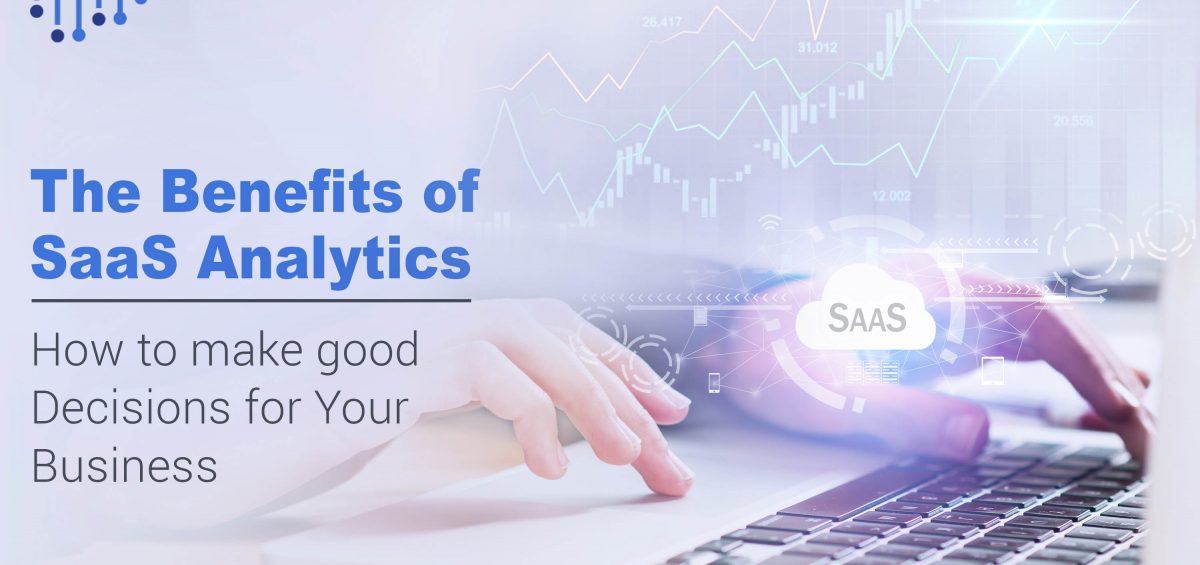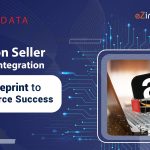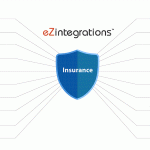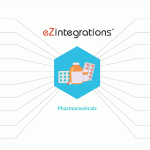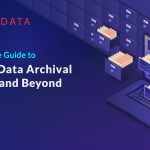Introduction: Defining SaaS Analytics
Are you looking for ways to make your business more efficient? If so, then you should consider using SaaS analytics. SaaS analytics is a type of advanced analytics that helps you to understand your data and make better decisions about your business.
If you’re running a SaaS business, then you already know that data is essential to your success. But do you know how to use data to make your business more efficient?
The first step is to track the right metrics. You need to know which metrics are most important to your business and which ones you can ignore. Once you have the right data, you need to start using advanced analytics to make sense of it.
This can seem like a daunting task, but it’s not that difficult. With the right tools and a little bit of know-how, you can use data to make your business more efficient. Keep reading to learn more!
With SaaS analytics, you can collect and analyze data from all of your business’s software applications. This data can then be used to improve your business’s efficiency. SaaS analytics can help you to save time and money by making your business more efficient.
If you want to learn more about SaaS analytics, then read on!
Why is SaaS Analytics Important?
As the software-as-a-service (SaaS) market continues to grow, so does the need for robust analytics. SaaS analytics is important because it helps businesses understand how their products are being used and how customers are interacting with them. It also provides insights into customer behavior, helps with marketing efforts, and can even be used to improve the product itself.
By tracking user behavior, you can learn what features are being used, what areas need improvement, and what areas are driving engagement and conversions. This information is essential for making informed decisions about product development and marketing. Additionally, SaaS analytics can help you identify trends and optimize your pricing strategy.
There are many different types of SaaS analytics, but some of the most important include engagement analytics, customer churn analytics, and customer lifetime value (LTV) analytics. Engagement analytics help businesses understand how often customers use their products and what features they use the most. Customer churn analytics help businesses identify why customers are leaving and what can be done to keep them around. And finally, customer lifetime value (LTV) analytics help businesses predict how much revenue they can expect
What are Some Key Metrics to Measure?
There are a few key metrics that all SaaS companies should measure to gauge their success. These metrics can help you track your progress, identify areas of improvement, and make informed decisions about the future of your business.
The first metric to measure is your churn rate. Churn is the percentage of customers who cancel their subscriptions or do not renew their contracts. A high churn rate can indicate that your product is not meeting customer needs or that your prices are too high.
Another key metric to measure is the customer lifetime value (CLV). This is the total amount of money that a customer will spend on your product throughout their lifetime. A higher CLV means that your customers are sticking around for longer and are more likely to continue using your product in the future.
Finally, you should also measure your customer acquisition costs. This is the money you spend to acquire new customers. It includes marketing and sales expenses, as well as any costs associated with onboarding new customers. You want to keep your customer acquisition costs low so you can make a profit on each new customer.
How to use Data to Improve your Business Efficiency?
The key to any successful SaaS business is efficiency. And one of the best ways to achieve efficiency is by using data to your advantage.
There are many ways you can use data to improve your SaaS business efficiency. For example, you can use data analytics to track and improve your key performance indicators (KPIs). You can also use data to automate tasks and processes. And you can use data to improve your customer segmentation and target your marketing efforts.
By leveraging data, you can minimize waste, optimize your processes, and improve your bottom line. So if you’re looking to improve your SaaS business efficiency, start by using data to your advantage.
For starters, you can use data to better understand your customers and their needs. This data can be used to create more targeted and effective marketing campaigns. You can also use data to improve your customer service offerings and make your business more responsive to customer feedback.
Data can be used to improve some different areas within a SaaS business. For example, data can be used to improve customer acquisition efforts, customer retention rates, and product development. Additionally, data can be used to improve the overall efficiency of a SaaS business by providing insights into areas that need improvement.
In addition, data can be used to streamline your internal operations. By understanding which processes are taking up the most time and resources, you can make changes to improve your efficiency. You can also use data to improve your financial planning and forecasting, ensuring that your business is on track to meet its goals.
Tips and Tools for Getting Started with SaaS Analytics
If you’re new to SaaS analytics, it can be tough to know where to start. There’s so much data to sift through and so many different ways to measure success. But don’t worry – we’re here to help. In this article, we’ll give you some tips on how to get started with SaaS analytics.
First, you need to decide what metrics you want to track. This will vary depending on your business goals, but some common metrics include customer churn, customer lifetime value, and customer acquisition costs. Once you’ve decided on your metrics, you need to set up a system to track them. There are a variety of software tools that can help with this, so do some research to find the one that’s right for you.
There are a lot of different tools out there for SaaS analytics. But how do you know which one is right for your business?
The answer to this question depends on a few different factors. First, you need to think about what kind of data you want to collect and analyze. Do you need real-time data? Or can you get by with data that is a few hours old?
Next, you need to think about the features you need. Do you need just basic analytics, or do you need more advanced features like cohort analysis or predictive analytics?
Finally, you need to think about the price. Some tools are very expensive, while others are more affordable. Once you’ve considered all of these factors, you should be able to narrow down your options and select the best tool for your business.
There are a number of no code analytics platforms on the market, so it’s important to choose one that meets your specific needs. One of the best No code AI analytics platforms is Goldfinch Analytics a full-stack cloud-native, self-service advanced analytics decision support platform by Bizdata for Enterprise leaders and Business users. It connects to any data source or system and helps in deriving insights and visualizations without any programming knowledge. Goldfinch Analytics gives you the power to scale advanced analytics across the enterprise by enabling real-time data analytics for Field Sales, IoT streaming, Digital Marketing, Security Anomaly detection, Fraud and waste, and Risk Management.
Conclusion
In conclusion, SaaS analytics can be a powerful tool for making your business more efficient. By tracking key metrics and analyzing your data, you can identify areas of improvement and make changes that will help your business run more smoothly. To stay up-to-date on the latest in business intelligence, subscribe to the Bizdata Newsletter.

